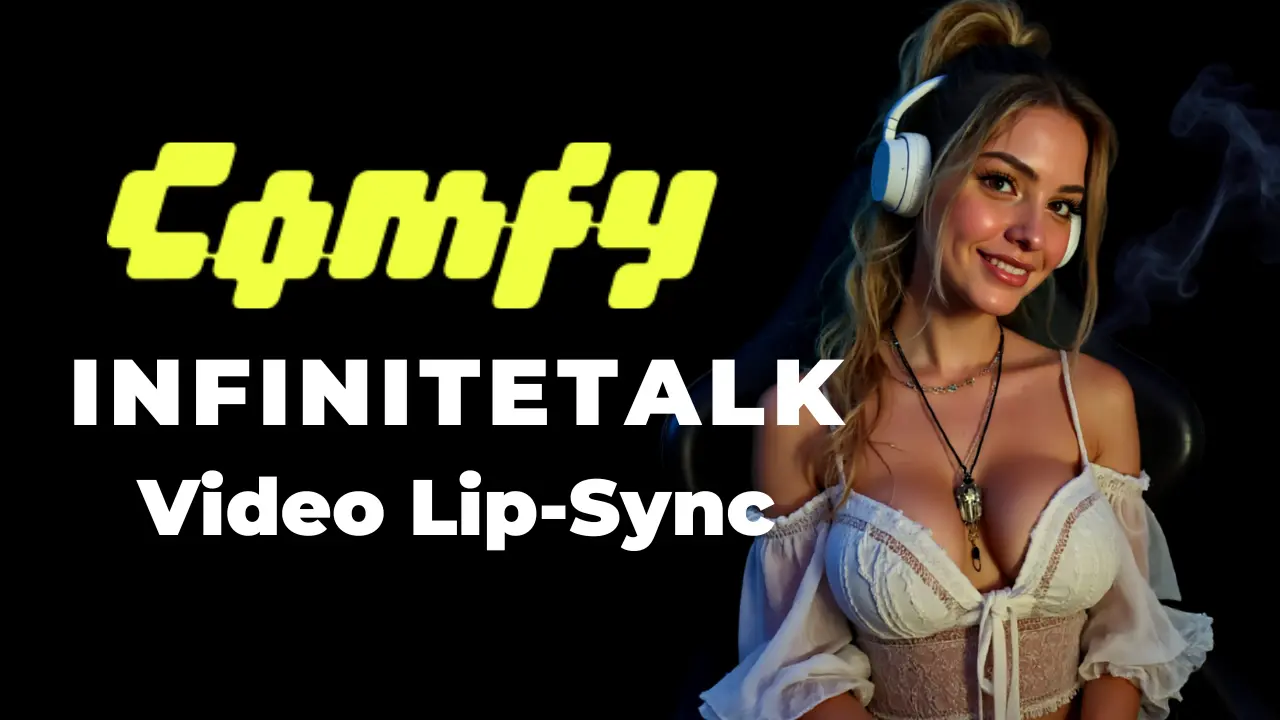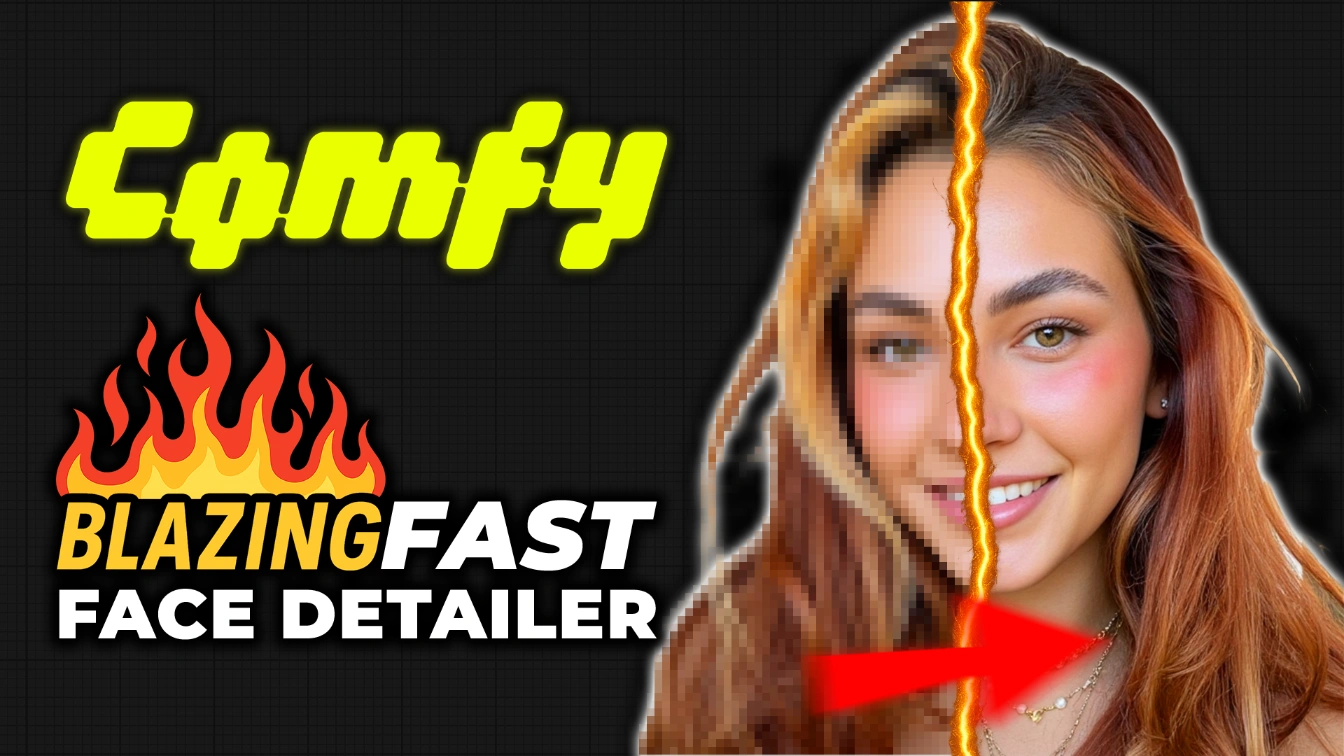How to Create Stunning GIF Animations with AnimateDiff and Stable Diffusion
Table of Contents
1. Introduction
In the ever-evolving landscape of digital creativity, animated GIFs have emerged as a preferred medium for expression and communication. From social media posts to artistic projects, GIFs serve as a compact yet powerful means of conveying ideas. The introduction of innovative tools such as Animate Diff has revolutionized the process of creating these animations, enabling artists and hobbyists alike to produce visually stunning content with relative ease. This tutorial aims to guide you through the process of using Animate Diff alongside Stable Diffusion, a leading text-to-video AI tool, to unlock your creative potential.
2. What is Animate Diff?
Animate Diff is an advanced software extension designed to enhance the capabilities of Stable Diffusion, allowing users to generate animated GIFs by leveraging the power of AI. This tool is particularly effective in producing both realistic and cartoon-style animations, with the latter currently yielding the best results. By utilizing advanced algorithms, Animate Diff translates static images into engaging moving visuals that can capture the viewer's attention in a matter of seconds. Whether you are looking to create a whimsical cartoon or a more lifelike animation, Animate Diff caters to a wide array of creative needs.
3. Setting Up Your Environment
A good checkpoint for this cartoon style is ToonYou, you can download the latest version from the CivitAI website and install it in your Stable Diffusion models folder. Download ToonYou from the official CivitAI website.
 Place this checkpoint in your Stable Diffusion models folder: "stable-diffusion/stable-diffusion-webui/models/Stable-diffusion"
Place this checkpoint in your Stable Diffusion models folder: "stable-diffusion/stable-diffusion-webui/models/Stable-diffusion"
4. Installing Animate Diff Extension and Models
To get started, you don't need to download anything from the GitHub page. Instead, go to your Stable Diffusion extensions tab.
-
Click on "Available",
-
then "Load from", and search for "AnimateDiff" in the list.
-
Click on "Install" to add the extension.
If you can't find it in the search, make sure to Uncheck "Hide Extensions with tags -> Script" and it will appear.
 After the extension has been installed go to the “Installed” tab and click on “Apply and restart UI”. I also recommend restarting your Stable Diffusion completely to prevent any errors from occuring.
After the extension has been installed go to the “Installed” tab and click on “Apply and restart UI”. I also recommend restarting your Stable Diffusion completely to prevent any errors from occuring.
Next we need the AnimateDiff model, this is required to use the extension, you can download this model from the Hugging Face website. Currently there are 2 models available; “mm_sd_v14.ckpt” & “mm_sd_v15.ckpt”. I’ve found that the v14 model works way better but I recommend downloading both so you can try them out yourselves.
Place these files in the following directory: "Stable Diffusion"> "Extensions"> "SD web UI animatediff"> "models".
5. Configuring AnimateDiff Settings for Optimal Results
After successfully installing Animate Diff, you must configure it to achieve optimal animation results. Start by navigating to the stable diffusion extensions tab and locating the Animate Diff extension. Click on it to unfold the interface. Here are some recommended settings to get you started:
-
Motion Module: Set this to v14.
-
Frames: A minimum of 8 frames is suggested for a quality output.
-
Frames per Second (FPS): Adjust this setting to at least 8 to ensure smooth playback.
-
Enable the Extension: Don’t forget to check this option to activate Animate Diff.
 ### Troubleshooting
### Troubleshooting
If you experience a long generating time press "Remove motion module from any memory" before generating. It's also helpful to keep the negative prompt under 75 characters. Use max 16 number of frames.
6. Stable Diffusion Settings
I will list the recommended settings for Stable Diffusion with the ToonYou checkpoint. You can experiment with these settings and find out what works best for you.
-
Checkpoint: ToonYou
-
Clip skip: 2 (or higher)
-
Prompt: Include “(best quality, masterpiece)” for better results
-
Negative Prompt: Include “(worst quality, low quality, letterboxed)” for better results
-
Sampling method: DDIM (This is by far the fastest sampling method and will decrease generating time by a lot).
-
Sampling steps: A minimum of 25, I recommend 40.
-
Width & Height: 512x512 or 768x768. Remember you can always upscale your GIF later.
-
CFG Scale: 7.5 - 8
Just stick with the default settings for the rest of the configurations.

What I recommend before generating your GIF is to generate some images and use the seed from the image you liked the best.
Now you're ready to generate amazing animated GIFs powered by AI!
7. GIF Animation Examples
Here are some examples of GIF animations rendered using AnimateDiff with specific settings:
Example 1
-
Sampling method: DDIM
-
Steps: 40
-
Resolution: 768x512
-
CFG Scale: 8
-
Model: ToonYou (Beta 6)

Example 2
-
Sampling method: DDIM
-
Steps: 40
-
Resolution: 512x512
-
CFG Scale: 8
-
Model: ToonYou (Beta 6)

8. Conclusion
In conclusion, AnimateDiff represents a significant advancement in the realm of animation creation, particularly when paired with the robust capabilities of Stable Diffusion. By following the steps outlined in this tutorial, you can harness this powerful tool to craft breathtaking GIF animations that reflect your unique creative vision. While the quality may fluctuate, the potential for producing extraordinary animations with persistent experimentation is immense. Whether you are a novice or an experienced artist, Animate Diff is an invaluable resource that will undoubtedly elevate your digital artistry.



